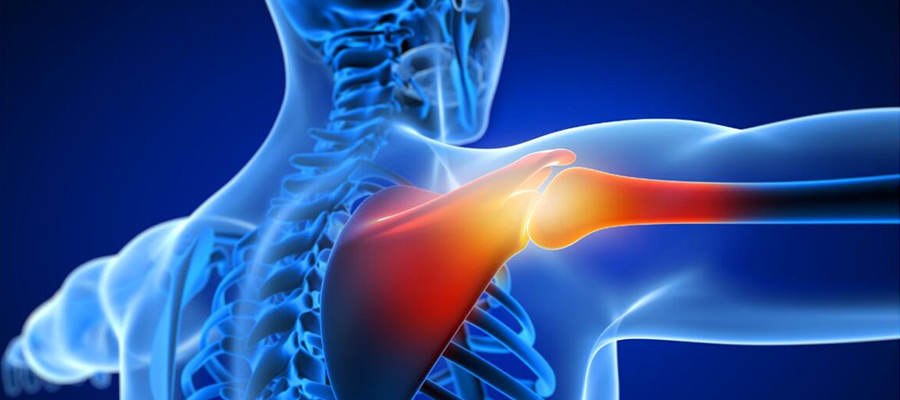
Osteoporosis is a chronic condition characterized by low bone density and deterioration of bone tissue, leading to increased fragility and a higher risk of fractures. The word "osteoporosis" means "porous bones," as bones become less dense and more susceptible to breaking, even from minor falls or stress.
Causes
- Aging and Hormonal Changes
- Nutritional DeficienciesNutritional Deficiencies
- Lifestyle Factors : Smoking and Alcohol consumption these habits reduce bone density and interfere with calcium absorption.
- Medical Conditions and Medications
Symptoms
- Frequent Bone Fractures : Fragile bones are prone to fractures, especially in the hip, spine, and wrist.
- Back Pain
- Loss of Height Over Time
- Stooped Posture (Kyphosis)
Treatment
Diagnosis
Orthopedic specialists perform a thorough evaluation to identify the root cause of Osteoporosis . This may include:
- Bone Density Tests (DEXA Scan - Dual-Energy X-ray Absorptiometry)
- Blood and Urine Tests
- X-rays and MRI/CT Scans
Non-Surgical Treatments
- Lifestyle and Dietary Changes
- Medications
- Regular Weight-Bearing and Strength Training Exercises
- void Smoking and Alcohol
Surgical Treatments
- Vertebroplasty and Kyphoplasty (for Spinal Fractures)
- Joint Replacement Surgery (Arthroplasty) : Replacing a damaged joint with an artificial one, commonly performed on knees, hips, or shoulders.
- Spinal Fusion Surgery
Advanced Technologies
- High-Resolution DXA (Dual-Energy X-ray Absorptiometry) Scans
- Injectable Osteoporosis Medications (Biologics)
- Smart Wearable Devices for Bone Health Monitoring
Prevention of Osteoporosis
Orthopedic specialists often emphasize the importance of prevention through:
- Maintain a Nutrient-Rich Diet
- Stay Physically Active
- Regular Bone Health Check-Ups
- Avoid Bone-Damaging Habits
Osteoporosis is a preventable and manageable condition. A healthy diet, regular exercise, and lifestyle modifications play a crucial role in reducing the risk of fractures and maintaining strong bones. Early detection and proper treatment can significantly improve quality of life for individuals at risk. If you experience symptoms like frequent fractures or back pain, consult a doctor for evaluation and management.